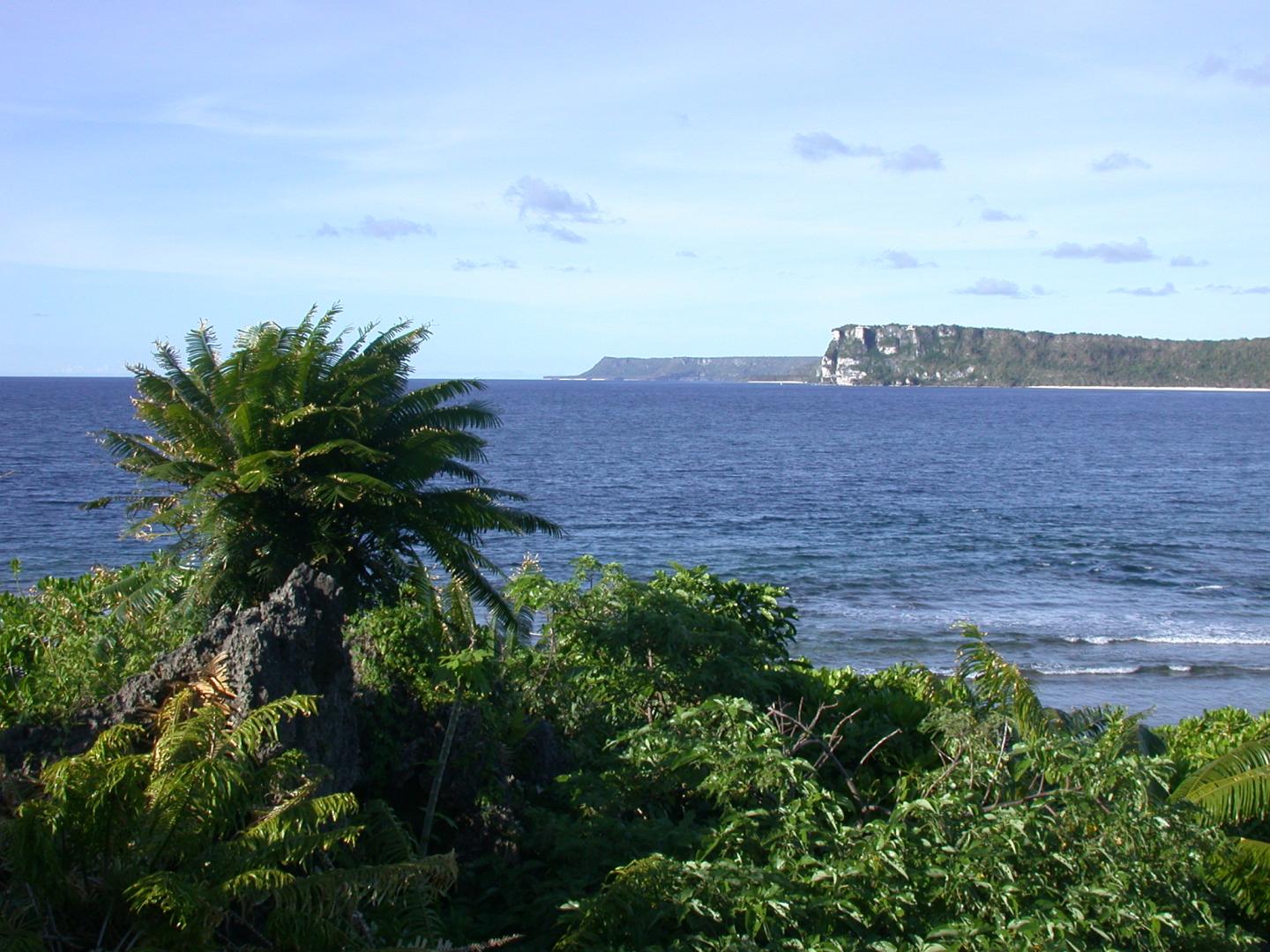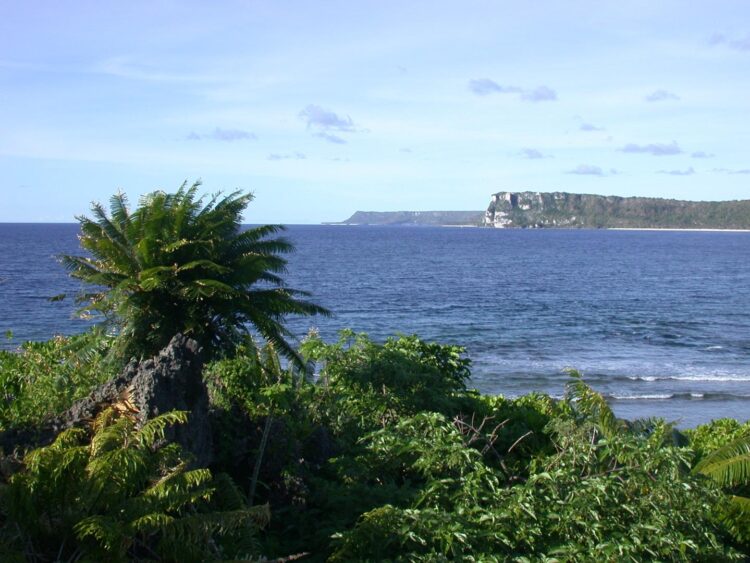
Credit: University of Guam
A multi-national research team has exploited long-term data sets that span 2001 to 2018 to reveal the utility of tree height quantifications in informing conservation decisions of an arborescent cycad species. The field work was led by the University of Guam and targeted Cycas micronesica from the Micronesian Islands of Guam, Tinian, and Yap as the model species. The findings were reported in the journal Plant Signaling & Behavior, appearing online in Volume 15, Issue 12 (doi: 10.1080/15592324.2020.1830237).
“Combining results from various insular habitats enabled a greater understanding of how plant age, sex, and environment influenced height growth,” said co-author Murukesan Krishnapillai from the Yap campus of the College of Micronesia-FSM. “Our findings support the contention that cycads do not pursue rapid primary growth as a means of thriving as healthy populations.”
The study illuminated a disparity in growth between male and female cycad trees, a phenomenon that has been observed in botanic gardens but never before reported from native habitats. Healthy male trees exhibited height growth that was greater than 3 cm per year, but height growth of healthy female trees was constrained to about 2 cm per year. The authors attributed these sex differences to a greater availability of non-structural resources to support primary growth in the male trees.
“Another interesting finding was a greater rate of growth for plants in managed gardens than for plants in natural settings,” Krishnapillai said. “While this phenomenon has been discussed anecdotally, we are the first to use a highly replicated empirical approach to verify this for a cycad species.”
Indeed, the height growth rate of garden plants was triple that of plants in natural forest communities. The authors attributed these differences to consequential plant competition for resources in the forest settings and the lack of plant competition in the garden settings.
In addition to the reporting of height increment data, the authors discussed the relevance of the new knowledge for informing conservation decisions.
“For example, we showed that height growth of Guam’s threatened cycad trees suffering from years of insect damage was much less than that of healthy trees,” said co-author Patrick Griffith, executive director of the Montgomery Botanical Center.
The threatened trees exhibited height growth that was about half that of healthy trees.
“If conservation agencies are able to implement effective mitigation actions to recover the plant populations in the future, this new knowledge about height growth rate may be useful for quantifying the resulting recovery of plant health,” said Griffith, who also serves as co-chair of the Cycad Specialist Group, a global network for cycad conservation expertise. “I see a great potential for these findings to help conserve other threatened cycads worldwide.”
Perhaps the most striking outcomes of the study were the applications of height increment data to population-level interpretations. Invasions of non-native insect herbivores that feed on cycad trees began to occur on Guam in 2003, and the resulting years of plant damage have preferentially killed the smallest demographic groups. The authors used their data to estimate a complete loss of about 70 years of recruitment as of January 2020, indicating that rebuilding a healthy plant population will require more than 70 years after conservation mitigation actions effectively stop the herbivore threats.
Empirical metrics are required for conservationists to quantify the extent of plant population recovery after invasive threat mitigation. The study has revealed the quantification of height index as a valuable metric for determining success of any future conservation interventions.
###
Further reading:
Marler T.E., Griffith M.P., Krishnapillai M.V. (2020) Height increment of Cycas micronesica informs conservation decisions. Plant Signaling & Behavior, 15:1830237.
DOI: 10.1080/15592324.2020.1830237
Media Contact
Jonas Macapinlac
[email protected]
Related Journal Article
http://dx.
https://scienmag.com/measurements-of-tree-height-can-help-cycad-conservation-decisions/





